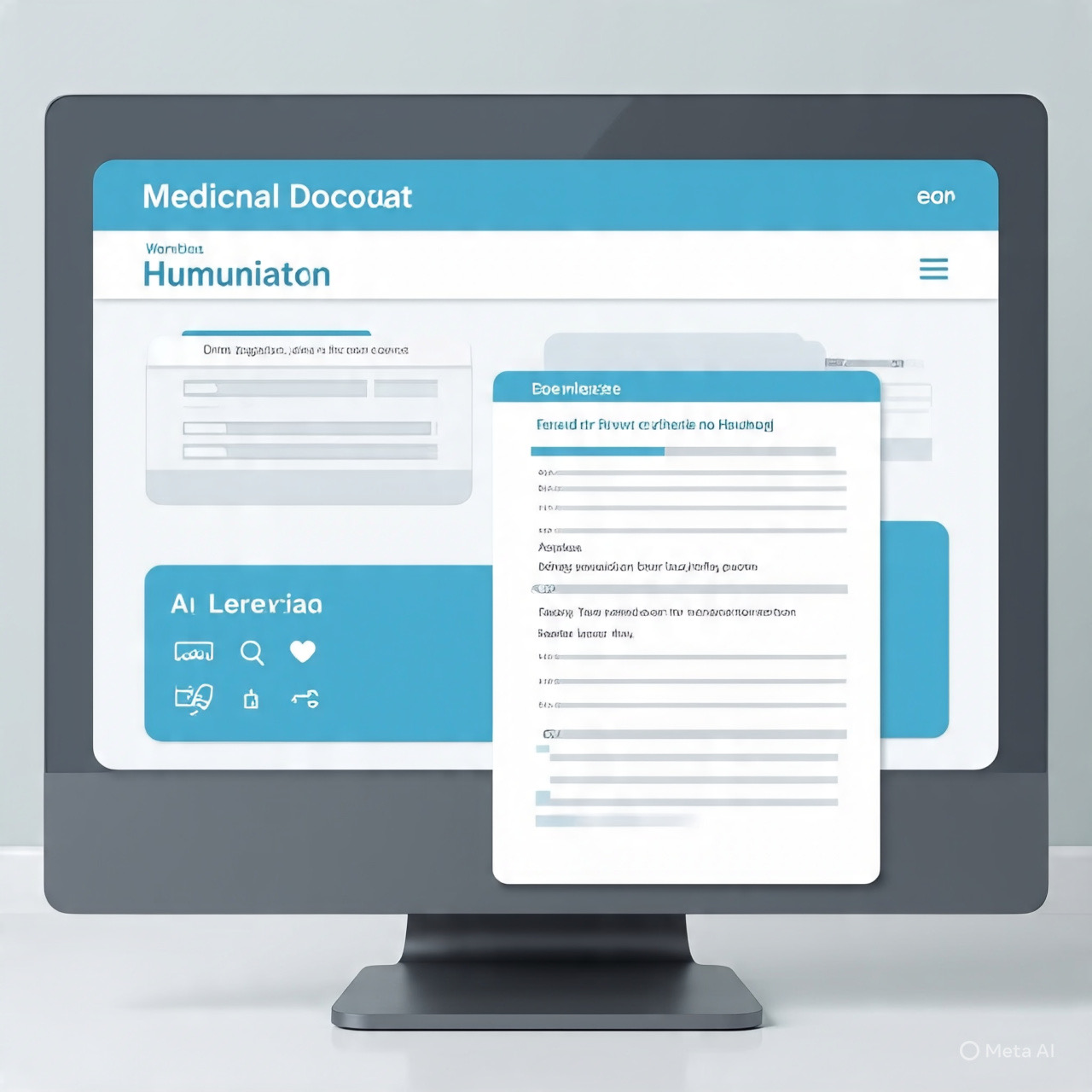When it comes to medical documents, there’s no room for errors. A mistake can literally cost someone their life. A single altered term, a modified dosage — or an incorrectly humanized procedure note, all carry very real consequences.
However, healthcare professionals are using AI more and more to write patient summaries, research papers, and clinical reports. These documents must pass tests that check for AI and medical accuracy.
What are AI Humanizers and Why Do Doctors Use them?
AI Humanizers are tools that change AI text so it sounds more human — like a person wrote it, not a robot. They are very popular among people who work in SEO, but they are also used by anyone who uses AI to help with their writing.
While these tools are designed to avoid having the text flagged as AI-generated by algorithms, as a byproduct, they make the text more readable and enjoyable. This is why they have become so popular. In the US, almost 400,000 people search for AI humanizers every month.
“Even though AI models have advanced a lot, nobody has been able to create a model that can write in a human-like way or write well in general,” says Ivan Zalesskiy, a marketing manager at Overchat AI, a company that specializes in developing AI-powered productivity tools. “Writing in a really natural way is still something that we can’t seem to do well with AI.”
But AI can edit its own text and make it better, which is where humanizers shine. However,
Why It’s Important to Be Careful When Humanizing Medical Texts
Medical writing is especially difficult for AI humanizers. Standard humanizers can replace technical terms with simpler synonyms, (myocardial infarction becomes heart attack, prophylactic anticoagulation trades places with preventive blood thinners).
These changes indeed make the text easier to read — but they also make it less informative for other healthcare professionals.
To humanize any kind of medical writing, it is important that the humanizer can work with medical vocabulary while changing other aspects typical of pure AI writing, such as repetitive sentences, the use of too many similar words in succession, wordiness, and excessively flowery language.
What to Look for in a Good AI Humanizer for Medical Texts
Look for a humanizer with a strong underlying AI model, such as GPT-5. These models are trained on vast datasets comprising millions of real medical documents, including peer-reviewed papers, clinical notes, FDA submissions, and medical textbooks.
Because of this, the tool can:
Such humanizers come from trusted developers. Some examples include Overchat AI, Grammarly Pro and DeepL Write with “Corrections only” setting.
How to Test AI Humanizers?
Thankfully, most of the many different tools on the market offer free trials, so you can thoroughly test them before using them to translate actual medical documents. Here’s a methodology you can use:
The Best AI Humanizer: Overchat AI
AI humanizer – Overchat has very in-depth controls that allow you to fine-tune the degree of humanization and control the tone. Many competitive tools struggle with this, defaulting to an overly simplified voice. While this isn’t a major issue overall, it’s a significant drawback if you’re looking for a tool for medical texts.
Overchat is powered by a highly capable, fine-tuned GPT model whose knowledge base includes millions of medical documents from public sources.
During processing, Overchat AI adjusts sentence structure, varies paragraph transitions, and modifies non-clinical connecting phrases. For instance, it might rewrite “Furthermore, the patient exhibited” as “The patient also showed,” but it won’t alter any practical vocabulary.
The results:
Bottom Line
An AI humanizer is a writing tool designed to bypass AI detection. Many medical professionals use ChatGPT to help them write documents and also use humanizers because these tools improve the readability of AI-generated text.
However, there is a hidden danger: when these tools process AI copy, they tend to oversimplify the text. This is acceptable in most fields but is completely undesirable in medical documents, where specific vocabulary helps doctors quickly communicate important information.
It’s okay to use AI to help write medical documents, but it’s important to choose a good AI humanizer that won’t get you into trouble by changing things it shouldn’t.
